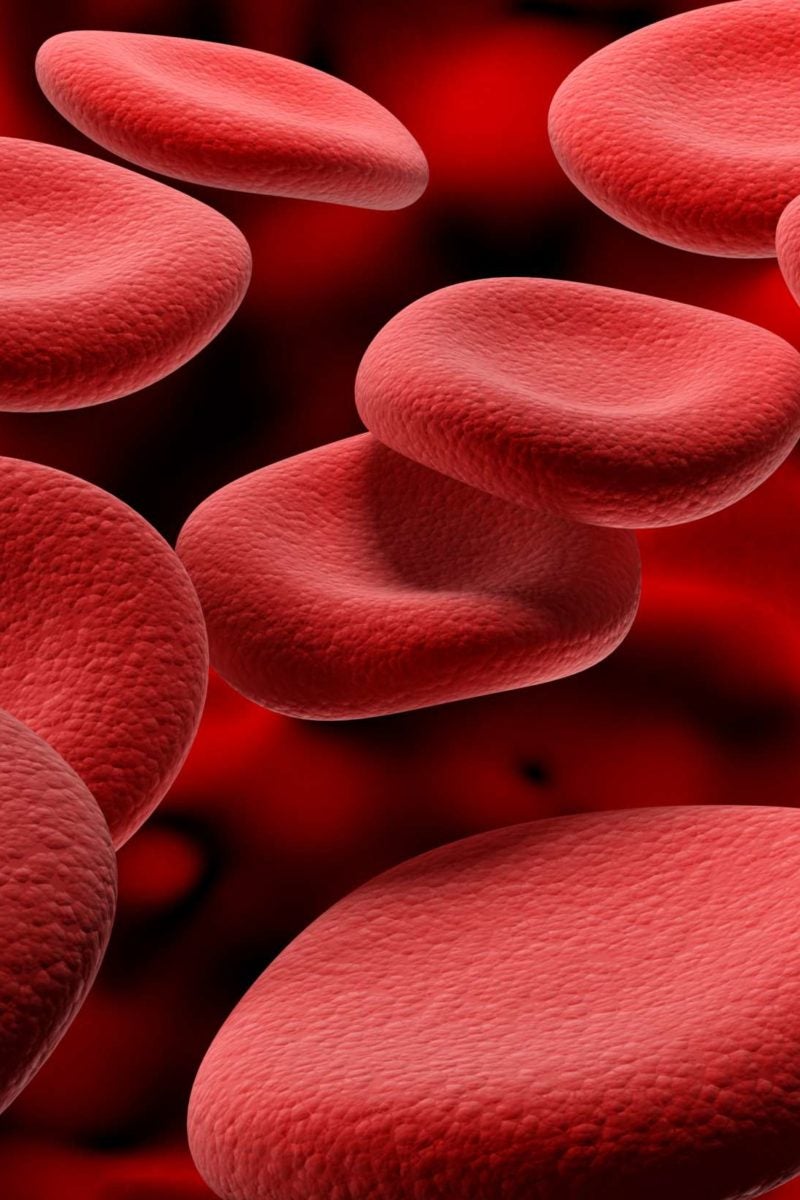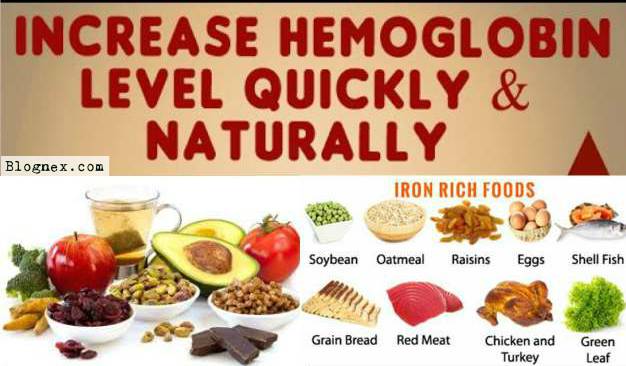
In patients with anemia, hemoglobin levels are low and the patient may be frequently tired and have little energy. The RDW measurement is affected by the size of the smallest RBC and the size of the largest RBC. Not all the RBCs are the same size some are larger and some are smaller. The red cell distribution width (RDW) reflects the degree of variation in size of the RBCs. Put another way, the MCHC is the ratio of the MCH to the MCV. The mean corpuscular hemoglobin concentration (MCHC) is a measurement of the average amount of hemoglobin in the RBCs compared to the average size of the RBCs. RBCs with more hemoglobin result in a higher MCH and vice versa. The mean corpuscular hemoglobin (MCH) reflects the average amount of hemoglobin in a person’s RBCs. Small-sized RBCs result in a lower MCV, while larger RBCs result in a higher MCV. The mean corpuscle (cell) volume (MCV) is a measurement of the average size of the RBCs. Hematocrit measurements are affected by the number of RBCs and by the size of the RBCs. The hematocrit reflects the amount of space in the blood that is occupied by RBCs. So a CBC test report includes the number of RBCs, the amount of hemoglobin, and other measurements related to the RBCs. number of RBCs) is within the reference range. However, if there is something wrong with the RBCs, hemoglobin levels can be low even when the RBC count (i.e. Since hemoglobin is contained only in the RBCs, a low number of RBCs leads to low levels of hemoglobin. Hemoglobin (Hb or Hgb) is an iron-rich protein that carries oxygen and makes the blood red. All the stationary cells require energy to function thus, they need oxygen and are dependent on the RBCs to transport it. The chemical process that converts the nutrients found in food into energy requires oxygen. These oval-shaped cells contain hemoglobin, the protein that binds oxygen while it is being carried to all the stationary cells in the body (cells in the skin, muscle, bone and organs). RBCs play a vital role in transporting oxygen from the lungs to the rest of the body. Red Blood Cells (RBCs) – transporting oxygen throughout the body Additionally, items in the CBC are summarized in the table at the end of this brochure for quick reference. The descriptions can help you understand your results so you can have a more meaningful discussion with your doctor. This brochure includes a brief description of the items included in the CBC test report. Therefore, it’s important that you talk with your doctor about the meaning of your test results. Your doctor will also consider factors that might cause an incorrect test result such as improper sample collection or handling. These factors include your personal and family medical history, results from a physical exam, and other test results. In addition to the reference range, your doctor will consider other factors when interpreting your CBC test results. Thus, values higher or lower than those in the reference range might or might not indicate a medical condition. Reference ranges reflect the numeric values found in healthy people however, a small number of healthy people (5%) have values that are higher or lower than the ones shown in the reference range. Your CBC test results are usually reported along with a reference range of expected or desired values to help guide your doctor in interpreting them.

If results from the automated instrument are outside specified limits, a medical technologist will examine the cells closely so complete information about the cells can be provided.

A lab instrument then automatically counts the number of each type of circulating cell.

First, a sample of your blood is collected and sent to the lab. The complete blood count, or CBC, is a lab test that provides information about these circulating cells. Information about these cells can provide important clues about the overall health of the body. These circulating cells provide oxygen to all of the stationary cells in the body, help fight infection throughout the body, and help stop bleeding after an injury.

Some very special and important cells, however, move throughout the body by traveling (circulating) in the blood. Such cells are stationary, staying in one place within the body. Many of the cells group together to form the skin, muscles, bones and organs, such as the heart, lungs, kidneys, etc. The human body is primarily made up of water and cells. The CBC – providing information about your health


 0 kommentar(er)
0 kommentar(er)
